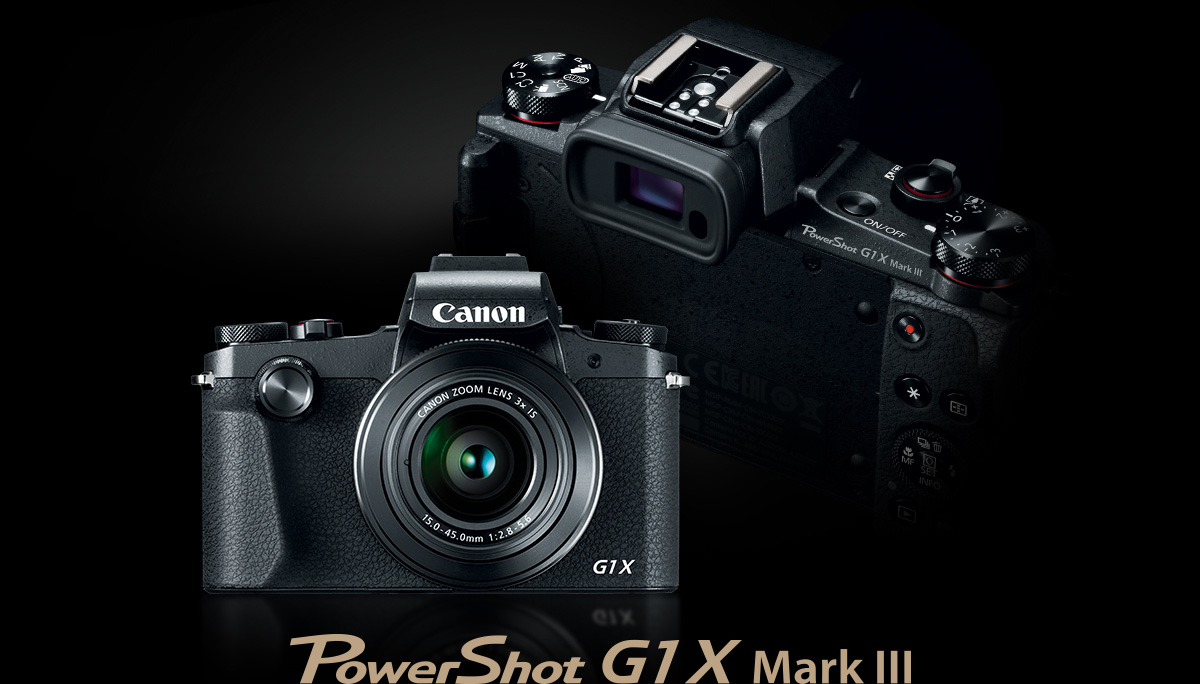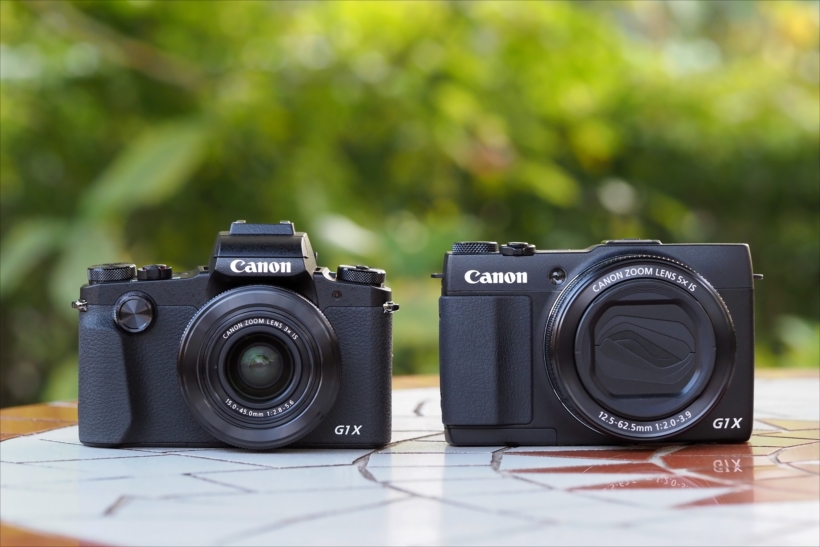

One other feature that we like is the ability to use our smartphone as a remote to control our G1 X III.
CANON POWERSHOT G1 X MARK II VS MARK III BLUETOOTH
With its NFC feature, G1 X III can communicate with devices such as smartphones which are also equipped with this technology by simply touching each other.Canon G1 X III's Bluetooth connectivity feature comes handy for connecting other devices that supports it. The camera is expected to be available in November.Canon G1 X III features built-in wireless (Wi-Fi) connectivity ( 802.11b/g/n + NFC + Bluetooth) which lets you transfer your photos directly to compatible devices without any physical connection. At $1,299, it’s up there with the Fujifilm X100F, although it offers the flexibility of a zoom lens, which may seal the deal for some photographers. While the G1 X Mark III sounds like a decently impressive machine, the price may bring some potential customers pause. It’s therefore not something you’ll always want to leave on, but it can make a positive difference in some circumstances. As we saw on the EOS M5, Dynamic IS crops the image and thus reduces quality, but it can smooth out otherwise rough footage. For the casual videographer, the shallow depth of field of the large sensor and fast focus performance of DPAF will likely make a bigger difference than 4K would have, though.ĭynamic image stabilization, which is a 5-axis electronic system, is also available in video mode.

CANON POWERSHOT G1 X MARK II VS MARK III 1080P
Instead, it makes do with Full HD 1080p at up to 60 frames per second. On the video front, we are a bit disappointed - if not all that surprised - to see that Canon decided not to grace the G1 X Mark II with 4K. We have been very impressed by DPAF in other cameras, and we’re happy to see the feature finally trickle down into an advanced compact model. As a live-view only camera, this is good news for both still photography and video. Combined with the significantly larger sensor, the G1 X Mark III should be much better in low light than its predecessor.īy using the sensor from the 80D, the G1 X Mark III also becomes the first PowerShot camera with Dual Pixel autofocus (DPAF), Canon’s on-chip phase-detection AF system that drastically improves performance over traditional contrast-detection systems. (The camera actually looks somewhat similar to an EOS M5, itself a mirrorless camera with a DSLR-like design).Īn integrated 24-72mm (full-frame equivalent) f/2.8-5.6 lens rounds out the package, offering a good working range and a relatively fast aperture (at least at the wide end). Given that DSLRs are Canon’s bread and butter, this all seems like a good move. A built-in 2.36 million dot OLED viewfinder completes the look. Canon states the shutter button, in particular, offers a “sophisticated sense of operation” similar to EOS models. The controls also have a decidedly DSLR-like look and feel to them.

The sensor isn’t the only thing borrowed from a DSLR. That sensor was large for the type of camera, but three years later Canon decided to one-up itself in a big way: Announced Monday, the G1 X Mark III uses an APS-C sensor, the very same unit found in many of its DSLRs, including the EOS 80D.

It was April of 2014 that Canon launched the G1 X Mark II, an advanced compact camera built around a 1.5-inch-type sensor.


 0 kommentar(er)
0 kommentar(er)
